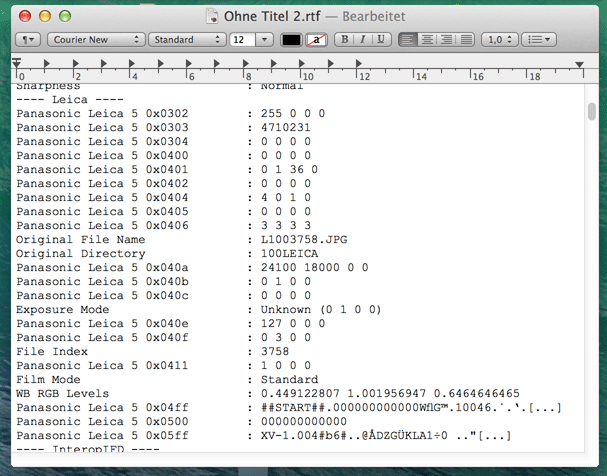


The Forum is a good place to go for help, as others will be quick to help you write a command if you get lost on the documentation. However, with basic command line familiarity, having an array of pre-set commands to copy-paste into Terminal or Command Prompt will be all you need to work with ExifTool. The documentation can also be frustrating, as it is dense, not always organized in the best way, and full of jargon. This information is also available in the IMatch help, in the ExifTool, Technical Reference topic.ExifTool is lightweight and powerful, but unfortunately not very intuitive. ExifTool automatically generates a new folder for the current version when you start IMatch the next time. Then locate the par- folder and delete it. To open the TEMP folder on your system, type %TEMP% into the Windows Explorer address bar and press : Opening the TEMP folder in Windows Explorer. You cannot delete the folder while IMatch/ExifTool are still running. If you work with multiple users on the PC, a par-nnnn folder is created for each user in TEMP. If you don’t clean the TEMP folder on your system automatically or at regular intervals (e.g, using Windows disk cleanup), these old folders can take up quite a lot of disk space – about 15 MB for each folder. Old folders are not automatically deleted. Every time IMatch ships an new version of ExifTool, a new sub-folder is created. The folder contains cache-nnnn sub-folders, one for each ExifTool version installed. In the example below, the folder is named par-4d6172696f: The name of the folder is par-nnnn where nnnn is a random hexadecimal number. This is basically it’s installation process, if you will. When an ExifTool version is first run on a computer, it creates a sub-folder in the system TEMP folder and extracts a copy of the Perl runtime files into that folder. This ensures optimal metadata quality and compatibility with a wide range of applications, digital asset management systems and web services.ĮxifTool uses a Perl runtime environment. IMatch uses the awesome ExifTool library to read and write metadata.


 0 kommentar(er)
0 kommentar(er)
